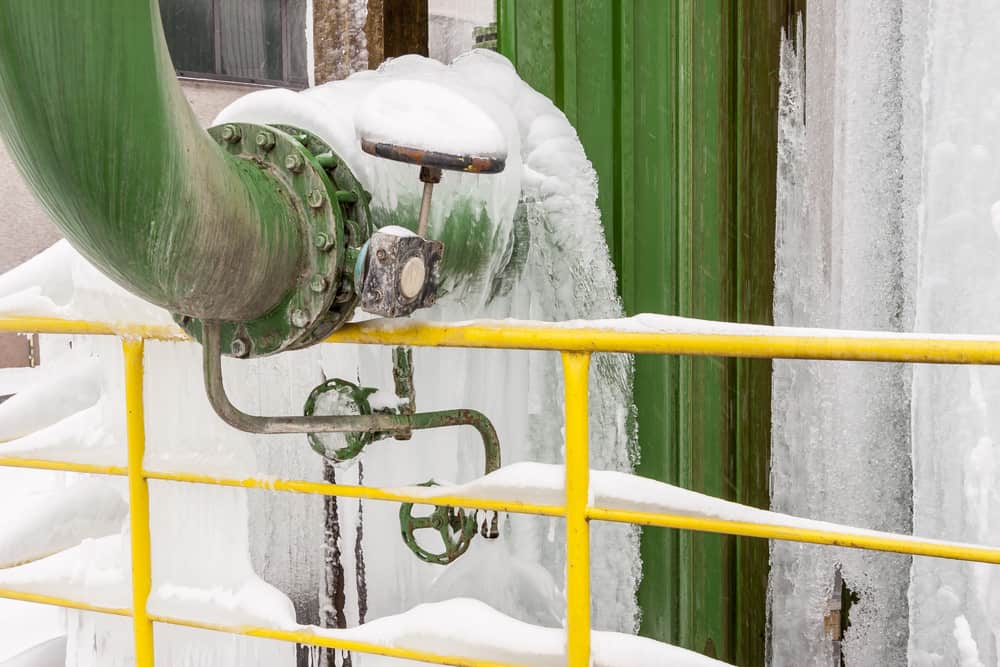Winter is approaching, which means it’s time to start thinking about winterizing your PVC pipes. Preventing your pipes from freezing and bursting during the winter season is essential if you want to have running water come spring.
Not only that, but a burst pipe can put a big hole in your wallet. A burst pipe can cost anywhere from $1000 to $4000 to fix. While your insurance may cover the water damage, filing the claim and cleanup could take weeks.
Fortunately for you, you can protect your pipes from freezing this winter with just a few simple steps.
Winterizing PVC Pipes: How To Do It
Insulation
One of the easiest ways to winterize PVC pipes is to install insulation. Assess which areas of your home are not temperature controlled. Generally, your attic, basement, and garage would fall into this category.
Exposed pipes should be fitted with foam rubber or fiberglass sleeves to decrease the chances of freezing. If pipes are located within the walls, additional insulation should be added to walls and ceilings to keep them warm.
Keep Water Moving
If you’re worried about a pipe freezing, keep water moving throughout the pipe. Slightly open faucets to let a trickle of water come through. While this may waste a little bit of water, it will help prevent the pipes from becoming clogged with ice pieces. When too many ice pieces clog a pipe, it can burst.
Circulate Warm Air
Circulating warm air throughout your home will help reduce your chances of frozen pipes. Pipes are generally located inside of cabinets. Make it a habit to leave these open when the temperature drops. The warm air can enter these compartments and keep these pipes warm. If possible, avoid closing interior doors in the house so the air can properly circulate.
Winterize PVC Pipes With Heat Tape
Heat tape for your pipes is what an electric blanket is for you. This tape supplies heat directly to the pipes where it’s applied, providing heat during those especially cold winter nights. Try to use this option on areas that are highly susceptible to freezing and are easily accessible. You’ll be able to monitor the pipes and adjust the heating tape accordingly.
There are two kinds of heating tape. One type is automatic and comes on when needed, and another is manual and needs to be plugged in. When used properly these are safe options, but they must be monitored.
Contact Reddy Pipe for Winterizing PVC Pipes
If you’re still not sure how to go about winterizing your PVC pipes, contact Reddy Pipe. Our team of highly trained professionals is more than happy to help you keep your pipes safe this winter. We are willing to answer any questions you may have to make the process simple and straightforward.
To contact us, give us a call or visit our contact us page. Fill out our online contact form, and a member of our team will be in touch.





